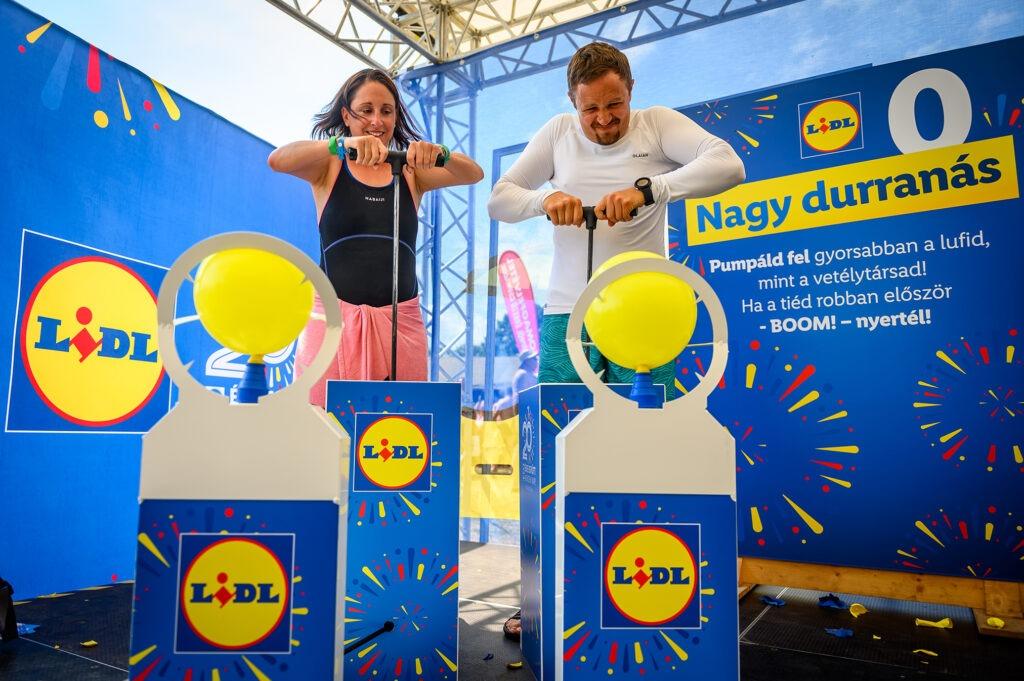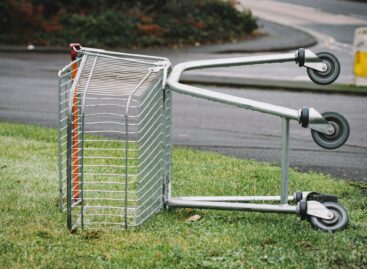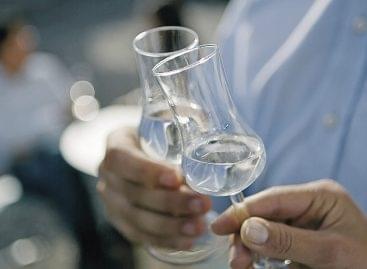The Lidl Balaton swim is approaching
One of the most popular leisure sports events in Hungary, the 43rd Lidl Balaton Swim, is approaching. More than 10,000 people will take on the 5.2-kilometer distance, which requires serious preparation even for experienced swimmers. Adri Szabó, Lidl’s dietitian, provides starters with useful advice for conscious preparation.

In the week before the Balaton Swim, training and muscle strain should be gradually reduced, and the goal is more to move the body. At the same time, the focus in nutrition is on filling the muscles with energy (carbohydrates) and ensuring proper hydration. Achieving these is not a task of 1-2 hours, not 1-2 days, but the task of the week before the competition.
Carbohydrates for energy reserves
In the week before the competition, it is worth consciously increasing your carbohydrate intake, as these nutrients ensure the replenishment of the energy stores needed by the muscles. During breakfast, it is recommended to eat 1-2 slices of whole grain wheat or rye bread with scrambled eggs and vegetables. Abundant vegetable consumption is still extremely important, but at this time it is advisable to focus on carbohydrate-rich side dishes. For lunch, complement the vegetables with meatballs made with oatmeal, for example, or spinach with boiled potatoes. For a snack, a portion of rice pudding with fresh fruit can be a particularly good choice: this easily digestible, yet filling dessert now serves as a valuable source of carbohydrates.

Continuous hydration before the race
Proper hydration cannot be solved at the last minute, especially before a multi-kilometer swim. In the days leading up to the race, it is worth avoiding factors that can inhibit the body’s ability to retain fluid, such as alcohol and caffeine. If you want a beer, choose a non-alcoholic version, and be sure to drink an extra 2–3 dl of water with your coffee.
Optimal hydration of the body can be achieved gradually, over a period of days. One effective way to do this is to consume half of your daily fluid intake in the form of an isotonic drink. For example, a mixture of 3–4 dl of 100% fruit juice and 6–7 dl of tap water can be an excellent solution. It is worth knowing that melon is also almost an isotonic “drink”: it not only hydrates well, but also contains antioxidants.
Related news
Record Christmas at Lidl in Great Britain: turnover of over £1.1 billion in four weeks
🎧 Hallgasd a cikket: Lejátszás Szünet Folytatás Leállítás Nyelv: Auto…
Read more >Same basket, different purchasing power: Lidl price test highlights European differences
🎧 Hallgasd a cikket: Lejátszás Szünet Folytatás Leállítás Nyelv: Auto…
Read more >HUN-REN: South coast ports could become an ecological “trap” in winter – risk of oxygen deficiency and fish kills
🎧 Hallgasd a cikket: Lejátszás Szünet Folytatás Leállítás Nyelv: Auto…
Read more >Related news
2026 begins in agriculture amid crises and a wave of investment – banking focuses on the dairy and pig markets, as well as CAP investments
🎧 Hallgasd a cikket: Lejátszás Szünet Folytatás Leállítás Nyelv: Auto…
Read more >Sovereignty Protection Office: According to the public, there is no place for foreign majority ownership in strategic sectors
🎧 Hallgasd a cikket: Lejátszás Szünet Folytatás Leállítás Nyelv: Auto…
Read more >Poor fruit harvest weighs on the pálinka sector
🎧 Hallgasd a cikket: Lejátszás Szünet Folytatás Leállítás Nyelv: Auto…
Read more >







